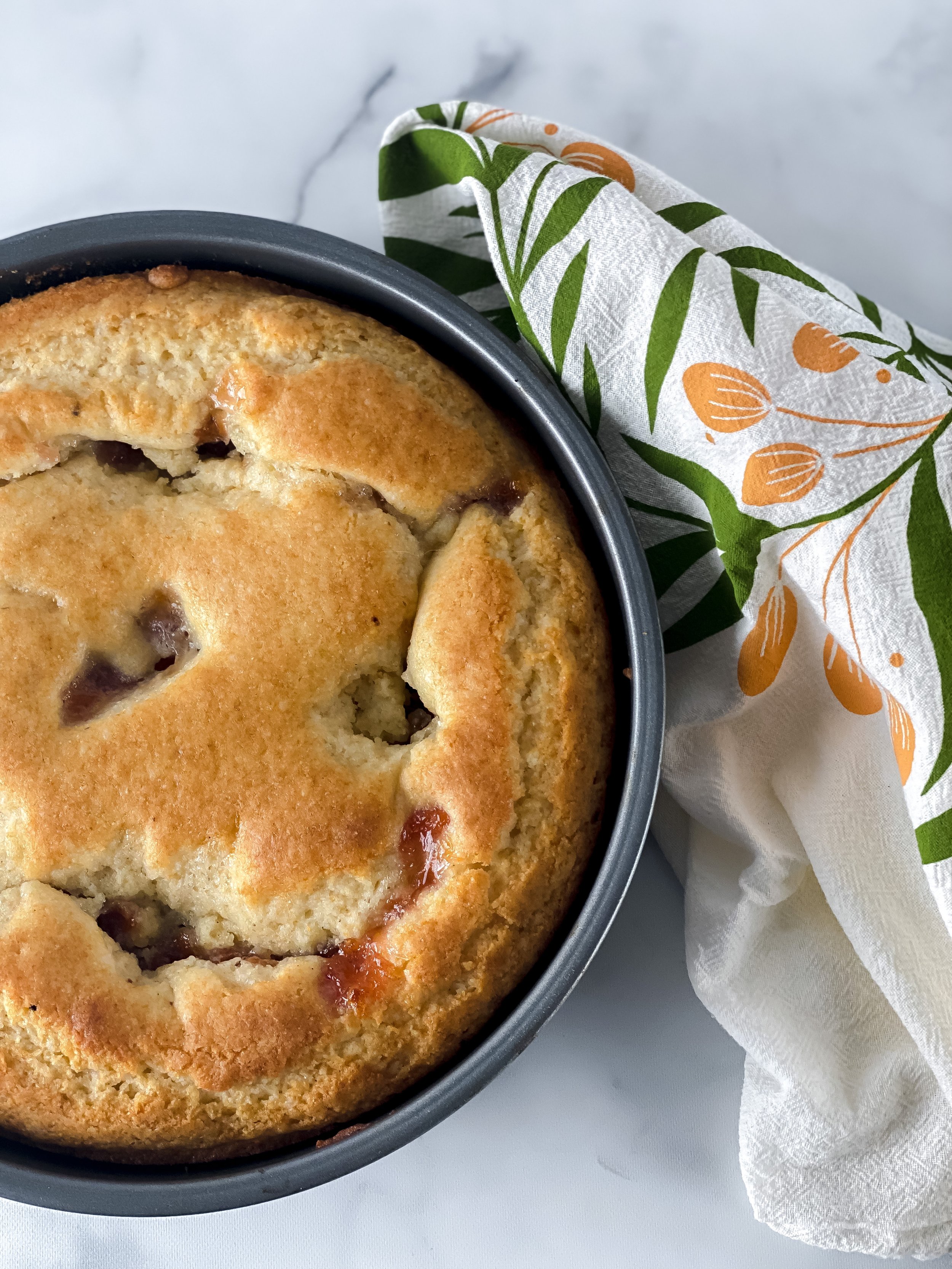In recent times, people have fallen deeply in love with a great charcuterie board, and we get it! There’s something so decadent about your favorite meats, cheeses, crackers, bread and everything else all on one board. The best thing is that it’s completely up to you what you include!
So, what should you include? Well, while it’s up to you, we have a few suggestions.
Meat
Meat is the main reason that a lot of people are attracted to great charcuterie boards - the meat will be a tasty, filling, and reliably wonderful part of the charcuterie. What meat you use is really up to you, but we’d recommend opting for at least two - this will provide good variety while not posing too many choices.
A great option for a basic meat is pancetta. It tastes incredible on its own, and the wafer-thin slices will go down a treat no matter how many you might have already had.
For a second meat to go on the board, we’d recommend Soppressata. While it’s certainly an option that can be difficult to track down, you won’t regret a thing once you’ve tasted it. Soppressata is an Italian dry salami that can be sweet or hot but it’s always delicious. It really is like no other flavor! Even today, Soppressata is produced the same way it has been made for centuries!
Cheese
Cheese is probably the second most important thing on a charcuterie board. It’s a wonderful product that too many people are seemingly eager to overlook in their everyday lives.
On a charcuterie board, it’s a good idea to have 3-5 cheeses including a fairly mild cheese and some more out-there alternatives. For the more mild options, we would suggest something like an goat or feta. They will look a little different from other things on the board, and they are familiar enough to most people. This means that plenty of people will be all too happy to try some!
For a more unusual option, try Gargonzola, Manchengo or Camembert. The textures will be utterly different from the other cheeses. This means that the overall board will be improved thanks to the variety.
Bread
Bread is a wonderful addition to a charcuterie board, but there are so many options to pick from! To be honest, we’d be inclined to recommend going for a well-aerated option. This is because a lot of things on the plate are particularly dense. In contrast, you’d quite like something light, fluffy, and pillowy to try out.
We would recommend going to your local bakery and trying some of their focaccia. Focaccia can be wonderfully herby, delicious, and an exciting bread that isn’t quite like any others. It would go very well on a stellar charcuterie board thanks to its light texture and buttery, salty taste.
Dips
As dramatic as this might sound, it’s true: dips can make or break a charcuterie board. Which dips you pick can honestly dictate the way that the rest of the board unfolds. Therefore, we’d recommend picking two: one more flavorful, and one more plain.
A good plain dip could be hummus. The flavor of hummus is a gentle, mild and nutty thanks to the chickpeas, as well as a slight hint of lemon. This is a great option that’s versatile and simple.
For a more flavorful option, try small batch jam! There are so many choices that will be miles ahead of the stuff that you might be in a jar at the supermarket. Think about what flavors pair well together and the options are endless.
Extras
Extras are hard to define, but they can really finish the look and taste of a good board. We’d recommend going for bite-sized nibbles packed with flavor!
A good option could be green olives that are stuffed with your choice of filling. We’d recommend lemon, as it really makes the flavors of the olive sing!
Alternatively, you could track down some cream cheese stuffed mini peppers! They’re easy to make (and easier to buy), plus they’re recognizable and have a stunning flavor. What’s not to love?






